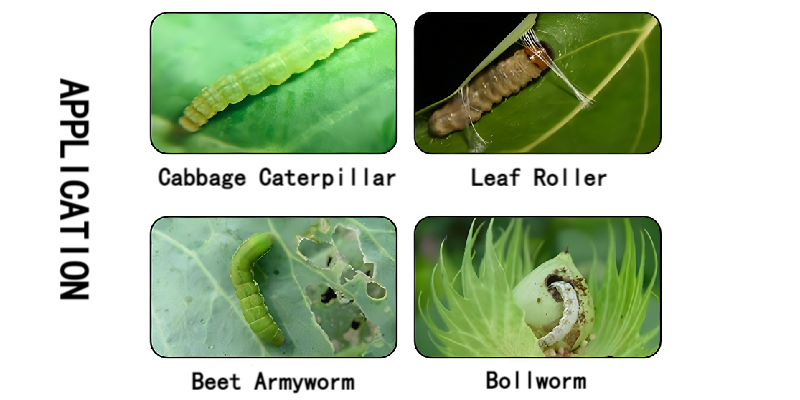Introduction
Bifenthrin, a widely used household insecticide, is known for its efficacy in controlling various pests. However, concerns have risen regarding its potential impact on human health. In this article, we delve into the details surrounding the use of bifenthrin, its effects, and whether it poses any dangers to humans.
Understanding Bifenthrin and its Uses
Bifenthrin is an insecticide belonging to the pyrethroid family, and its primary purpose is to control pests such as ants, mosquitoes, termites, and ticks. It is commonly employed in both residential and agricultural settings due to its effectiveness in eradicating unwanted insects. However, the safety of using bifenthrin requires thorough examination.
Potential Risks Associated with Bifenthrin
While bifenthrin is regarded as relatively safe when used properly, it is essential to understand the potential risks it may pose to human health. Exposure to this insecticide can occur through inhalation, skin contact, or ingestion. Here are some key concerns:
1. Acute Effects: Bifenthrin may cause skin irritation and eye redness upon contact. Ingestion or inhalation of high doses can lead to nausea, headache, dizziness, or in severe cases, cause vomiting and respiratory distress.
2. Long-Term Effects: Prolonged exposure to bifenthrin has been associated with potential adverse effects on the nervous system. Studies conducted on animals suggest that it may lead to neurobehavioral alterations, including issues with memory and coordination. However, further research is required to establish its long-term effects conclusively in humans.
Assessing Safety Measures
To minimize the risks associated with bifenthrin exposure, it is crucial to adhere to safety guidelines. When using household insecticides containing bifenthrin, consider the following precautions:
1. Read Labels Carefully: Always carefully read and follow the product instructions, including recommended dosage, application methods, and protective measures.
2. Protective Clothing: When applying bifenthrin, wearing protective clothing such as gloves, long sleeves, and goggles can significantly reduce the chances of skin or eye contact.
3. Proper Ventilation: Ensure proper ventilation when using bifenthrin indoors to minimize inhalation risks. Open windows or use fans to enhance air circulation.
4. Storage and Disposal: Keep bifenthrin-containing products out of reach of children and pets, stored in a cool, dry place. Dispose of any unused pesticide responsibly according to local regulations.
Conclusion
While bifenthrin is a widely used household insecticide, it is crucial to weigh its potential impacts on human health. Adhering to safety guidelines, employing protective measures, and using the insecticide responsibly can significantly reduce the risks associated with its use. Proper education and awareness are key in ensuring its effective and safe application. As with any pesticide, it is vital to consult professional advice and maintain a cautious approach.
Post time: Nov-09-2023




